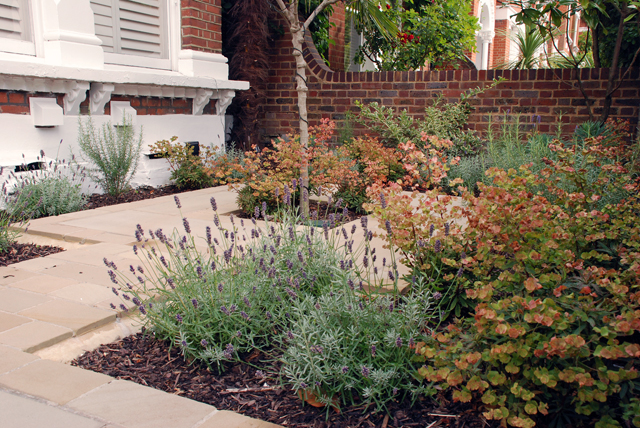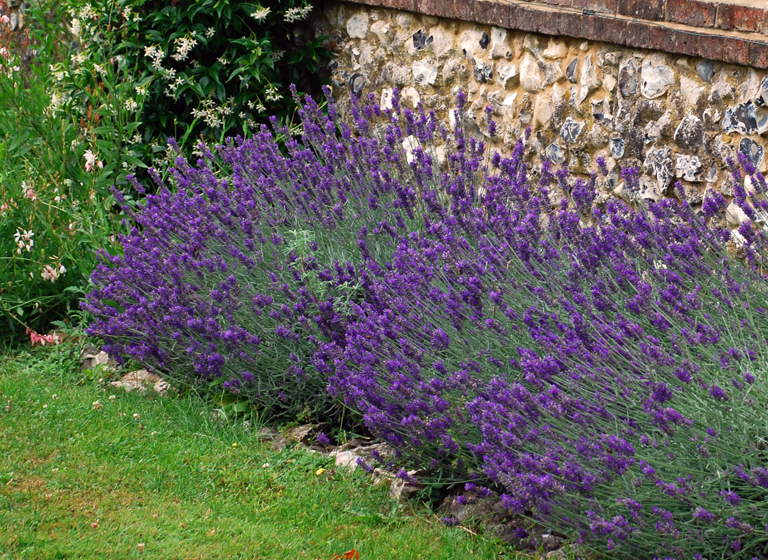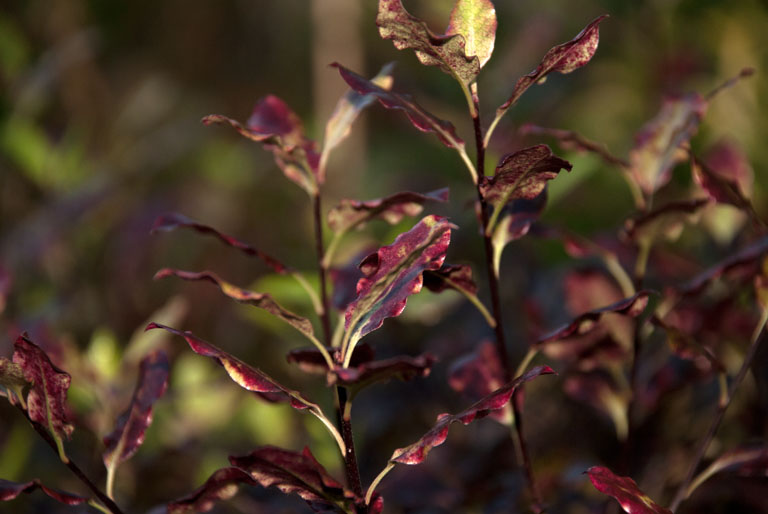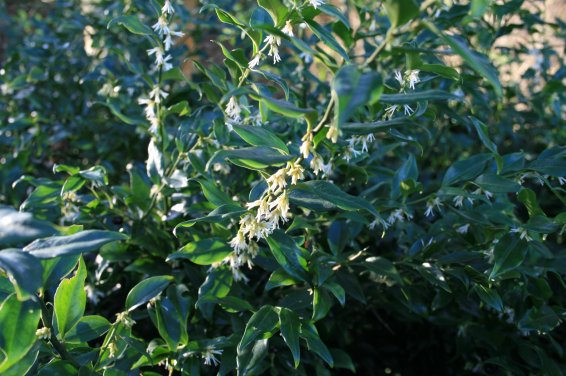Front garden design tips: What about the plants?
6 Written by Lisa on 7th Feb 2014 in Design Tips, PlantsThis is the last post in my blog series about front gardens. I hope you’ve found it useful and now feel inspired to tackle your own?
Today I want to talk about planting which, despite being the last segment in the garden design and build process, is very much integral to the overall look and feel of the garden.
Planting is the element that brings the design together and it never ceases to amaze me how it can lift a space. It’s also the element that people often feel most connected to.
Which plants you choose will of course very much depend upon the conditions you have on site. If you have clay soil, for example, then you won’t be able to plant things that thrive on sandy soil. But, rather than talking about soil, aspect and drainage in this post, I want to give you a few pointers to help you choose the right sort of plants.
Front gardens are the only part of your outside space that you’ll walk through whatever the weather, season and time of day so it’s important they look good all year round. This is where evergreen plants come into their own. Front gardens work best if the majority of plants remain in leaf throughout the year.
Something like box balls or Pittosporum Tom Thumb look great framing a pathway or defining a change in direction and as they’re reasonably well-behaved, keep the front looking neat and tidy. Larger shrubs can work too, especially if you need to screen off a bad view or want a bit more privacy.
You can also use scented plants in the front. Sarcococca is an understated evergreen shrub which, at this time of year, has the most delicious scent. Plant one near the front door and you’ll be greeted with perfume when you come home.
Use bulbs or shrubs that flower at different times of the year to give bursts of colour throughout the seasons. I’m not saying that you shouldn’t use herbaceous perennials or deciduous shrubs, but it’s important that your garden has some curb appeal in winter too.
Low maintenance plants are key too as, unless you’re a really keen gardener, you’re unlikely to want to spend hours tending to the front of the house. Get to know the plants well so that you can be sure they’ll behave in the space their allocated.
All planting schemes work best if you limit the pallet of plants you use. Repeat planting in groups or swathes creates a rhythm that leads your eye through the garden. Choose one or two structural plants that hold the scheme together and your garden will feel balanced and look smart, the perfect welcome to you and your visitors!
(Images: Lisa Cox)






 Welcome
Welcome
Lovely planting ideas Lisa! – are you finding Pittosporum ‘Tom Thumb’ to be hardy enough in all situations? I know the leaves can get wind scorch in certain consitions
Thanks Nicola. I haven’t had any casualties even in all the snow over the past few years, but I wouldn’t use them in exposed locations or where the soil is too heavy. Having said that, one of mine was bit battered after a heavy snow fall so I gave it a dose of sugar solution which worked a treat!
Actually they were talking about sugar solution at the last SGDG meeting!
It works a treat – It was one of the topics at the Palmstead Nursery seminar in 2012…I wrote about it in my September 2012 newsletter if you want to read some more…
What fantastic planting ideas. We just moved into a new home before the holidays and I can’t wait to start my gardens. It’s like having a fresh new slate to do whatever I want.
Thanks Jenny – glad I’ve inspired you. Hope you have fun creating your new garden – always best when you have a clean slate to work with!